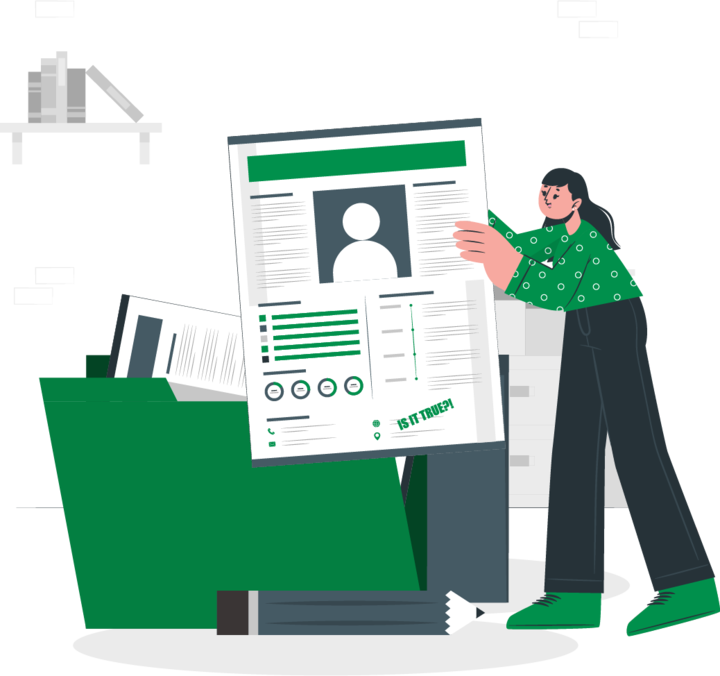By: vivek j
July 19 2023
Concerned about sharing misinformation? These three simple steps can help

Imagine this, you are reading news about the protests that have broken out in France. You have seen videos of violence, arson, and rioting on social media, and given the news background, you believe everything that you have seen online. You share it with your friends and family without looking into the veracity of these videos.
But a lot of these visuals are either old or unrelated. It could leave you confused because the news was true, right? In a situation like this, it has become routine to share unrelated visuals to further misleading narratives. So, what should you do?
The answer is simple: Let's think critically. And asking these basic questions can be helpful.
- Who shared it?: Who are the people or organizations sharing it? What is the kind of content they have shared in the past? This could give an insight into why they share a particular piece of content and also helps determine the credibility. You could also review comments on the post to see what the interaction has been like. People often comment if an old video has been reshared and sometimes also cite sources.
- What's the evidence?: What is the evidence they have cited? Is that evidence enough? Are they citing some news sources?
- What are other reliable sources saying?: Search engines are everybody's best friend. So, if you aren't satisfied with what you have found so far, just do a simple online search and see what the other credible sources of information say. If nobody else is talking about it, maybe it's not true.
These three simple steps can help you sift fact from fiction, but if you want to dig deeper, read along.
Verifying the veracity of articles
1. Check the URL of the website and make sure it is that of a genuine news website. Plenty of fake websites are masquerading as real using the logo and similar website designs of reputed media organizations. This one for example: 'abcnews.com.co.' The real one is actually 'abcnews.go.com.'
2. Look out for the ‘about us’ page of the website. Certain websites mention that the content they have published is ‘satirical’ or ‘fictional. However this doesn’t stop conspiracy theorists and fake news peddlers from sharing it.
Clickhole's disclaimer on the information on this website
3. If nothing works out then Google the headline and check if others have reported on the incident.
What about images and videos?
With plenty of tools and apps available to edit images and manipulated videos, distinguishing real from fake is difficult. However, there are some ways in which we can visually identify fake images.
- Closely look at the image to identify irregularities. Although this has become harder with AI, you could keep an eye out for distortions and inconsistencies in the background. You can read our detailed story on how to detect AI images here.
- Do a simple Google Reverse search to find out the picture's origin. You can do this on your phone or laptop using the Chrome browser or application.
- Just like images, you can take a screenshot from the video and do a reverse image search to check if and where it has been used in the past. This could help you identify the origin of the video.
- AI-generated videos, also known as deepfakes, are created using artificial intelligence tools. Such videos are difficult to spot. However, even these videos could have visual discrepancies and distortions in the background.
- In certain cases, the lip movement of the speaker could be out of sync with the actual audio. Although with advancements in technology, a lot of this is becoming as real as possible making it harder to detect manipulation.
So, there will be misinformation that would require advanced fact-checking techniques and tools, but thinking critically and applying some of these methods might help you. Logically Facts is monitoring social media platforms and content spreading mis-disinformation. Read our latest fact-checks here.


